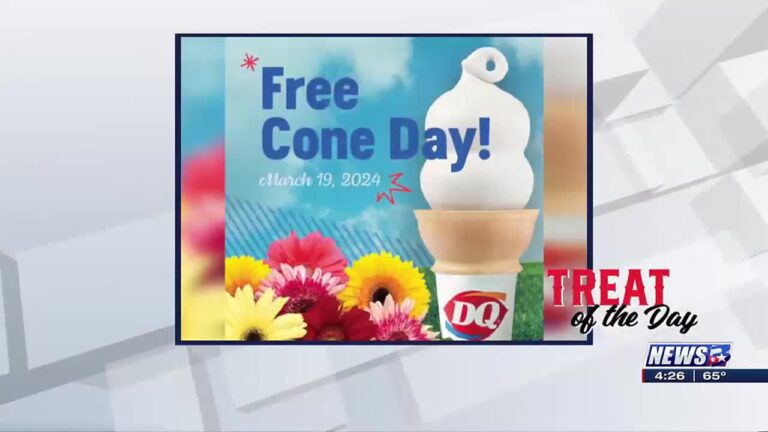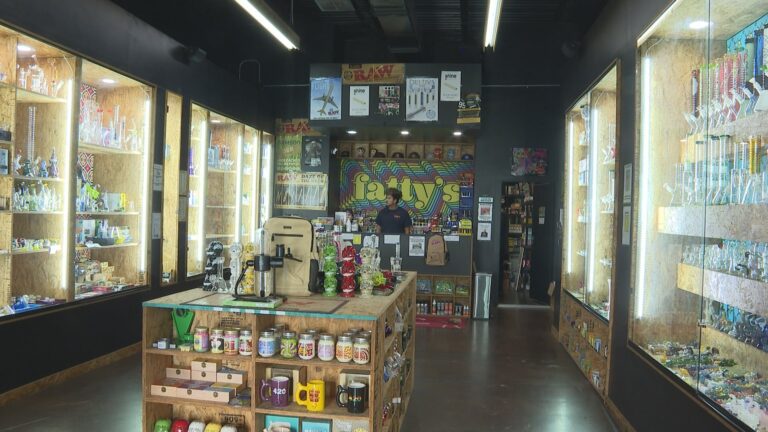From the Ground Up: As drought continues, beef prices stay high
BRYAN, Texas (KBTX) – Several factors led to near-record prices for beef cattle this year.
David Anderson, Professor and Extension Economist With Texas Agrilife Extension Service, noted that in particular, one major culprit has driven up the price across the industry.
“What got us here is what got us here the last time, a drought,” he said. “We’ve actually had some record-high prices. We’ve already hit records, eclipsing a decade ago.”
Not only did this year’s drought play a role in the market fluctuation, but it’s been a widespread, multi-year drought forcing ranchers into what Anderson calls a “tug-of-war” with the market. He added that other factors have affected the industry as well.
“The other thing is economics,” he said. “Our costs are a lot higher. We’ve gone through a period of low prices relative to costs. We’ve gotten to these record-high prices because we have tighter and tighter supplies.”
These pressures include urban sprawl, which along with drought, have reduced the amount of pasture land for beef cattle. All told, he says that some ranchers are forced to reduce their herds.
“We’ve got the same number of heifers in feed lots that we did a year ago,” said Anderson. “So we’re sending more of those heifers to market, rather than holding them back to become cows and rebuild the herd.”
If a rancher does not sell now, he said, a record-high payday could be forgone.
“It really encourages [ranchers] to sell, which is also a market incentive for prices to go up even more.”
Even so, Anderson is optimistic going forward. He said that higher prices are a necessary market correction for the industry.
“I really think there’s a lot of reason for optimism about the cattle market over the next several years, and it starts with high prices. To take advantage of that, it sure needs to rain, and you have to have grass, that’s where it starts. But, I think the combination of some falling costs, falling feed costs and higher prices gives us a chance to begin to really think about expanding.”
“We have a product that’s in demand,” said Anderson. “Consumers like beef, and they continue to buy.”







